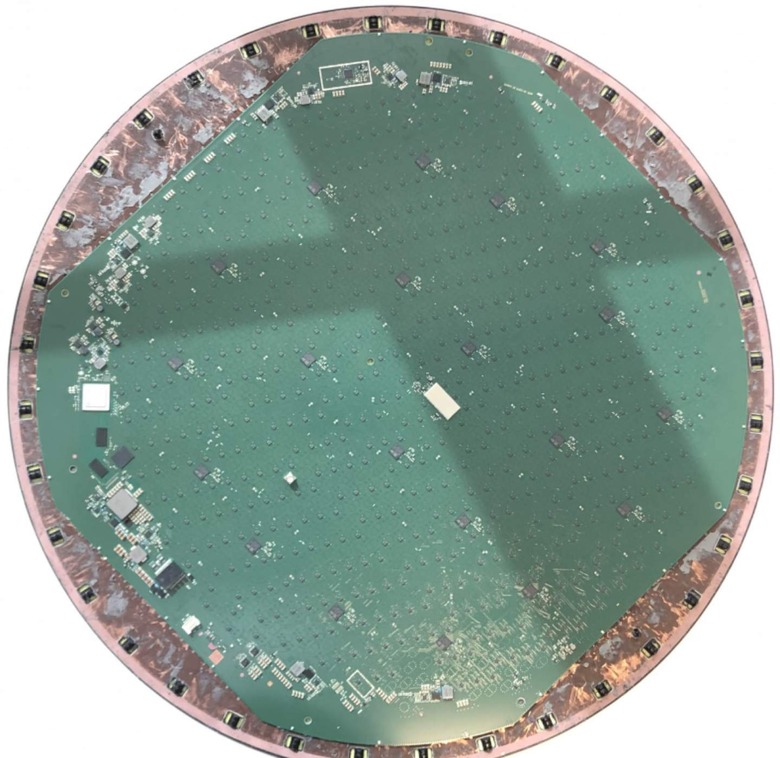Starlink Teardown Reveals How SpaceX Keeps Its Secrets
A new Starlink teardown has revealed fresh details about SpaceX's satellite internet dish, including how the company prevents its development hardware from being misused. Launched last year, Starlink relies upon both a growing constellation of satellites in orbit around Earth and an auto-positioning dish on the ground that communicates with them.
The satellite network has been a work-in-progress for SpaceX, with multiple launches of its Falcon 9 rockets adding to the mesh. As that happens, gaps in Starlink coverage have been filled, and more users added to the system.
On the ground, Starlink uses a custom satellite dish that links with a special router. Configured using the Starlink app, it's designed to automatically move so as to keep the constellation overhead at the optimal angle. However, it has also proved to be a source of fascination among those curious to see what Elon Musk's company have squeezed inside.
One such group is the Computer Security and Industrial Cryptography (COSIC) research team at KU Leuven, which acquired a Starlink system when it launched in Belgium at the end of May. Researchers there wasted no time in opening up the dish for a teardown, and then extracting the software for further analysis.
They came across some interesting tidbits along the way, not least the fact that SpaceX has clearly been iterating on its core dish design already. The COSIC Starlink hardware differs from what has been seen in prior teardowns, and there are some differences in connectors. Elon Musk recently said that the company is working on halving the cost of building each Starlink dish, since right now SpaceX is losing money on them.

What's particularly curious is how SpaceX keeps those development systems from getting out into the wild. "Development hardware is geofenced to only work in certain predefined areas, most of which are clearly SpaceX locations," COSIC's Lennert Wouters explains. "SpaceX is likely notified if development hardware is used outside these predefined geofences."
It's not the only control on getting too much access to the underlying systems. The software exploration also revealed that SpaceX has prevented users from logging in to the live system, by including a check during boot to see whether the hardware has been fused or not. Consumer dishes are fused before they're shipped, and so the login prompt is disabled.
While hacking a Starlink dish is probably a bad idea – almost as much as mounting one on the hood of your car, in fact – it's interesting to see the amount of work that has gone into building the system. It's certainly cost SpaceX no small amount, with Musk suggesting that it could be $5-10 billion in investment before Starlink is fully cash flow positive. As well as the improvements in the pipeline for the Starlink dishes, currently SpaceX is working on the v1.5 satellites – with laser-based links in-between each satellite – and then the v2.0 update sometime in 2022.
